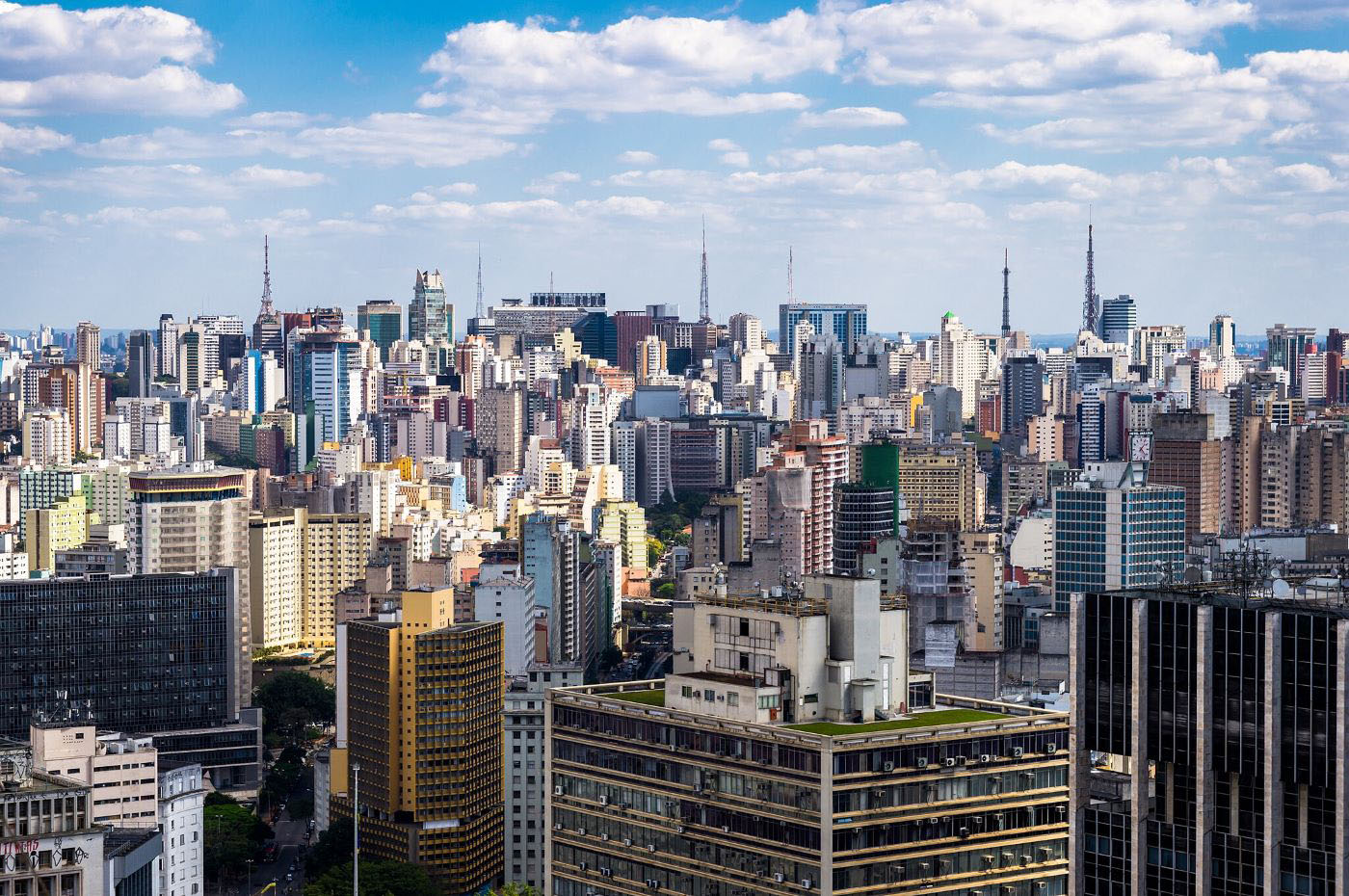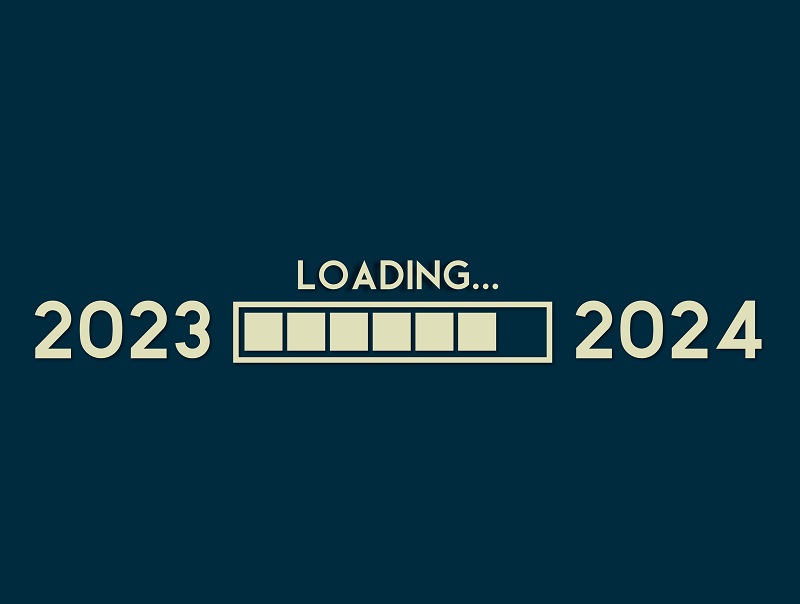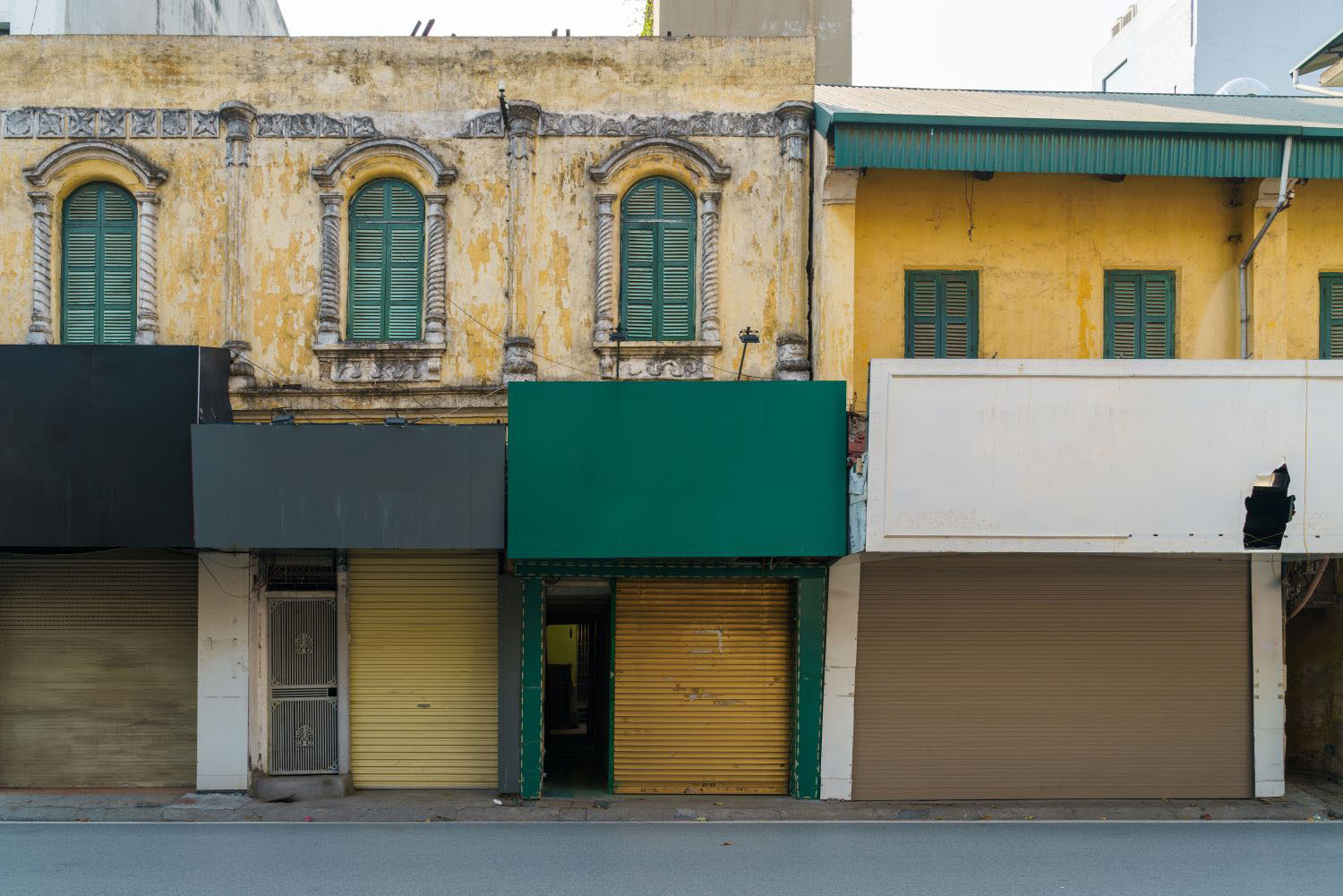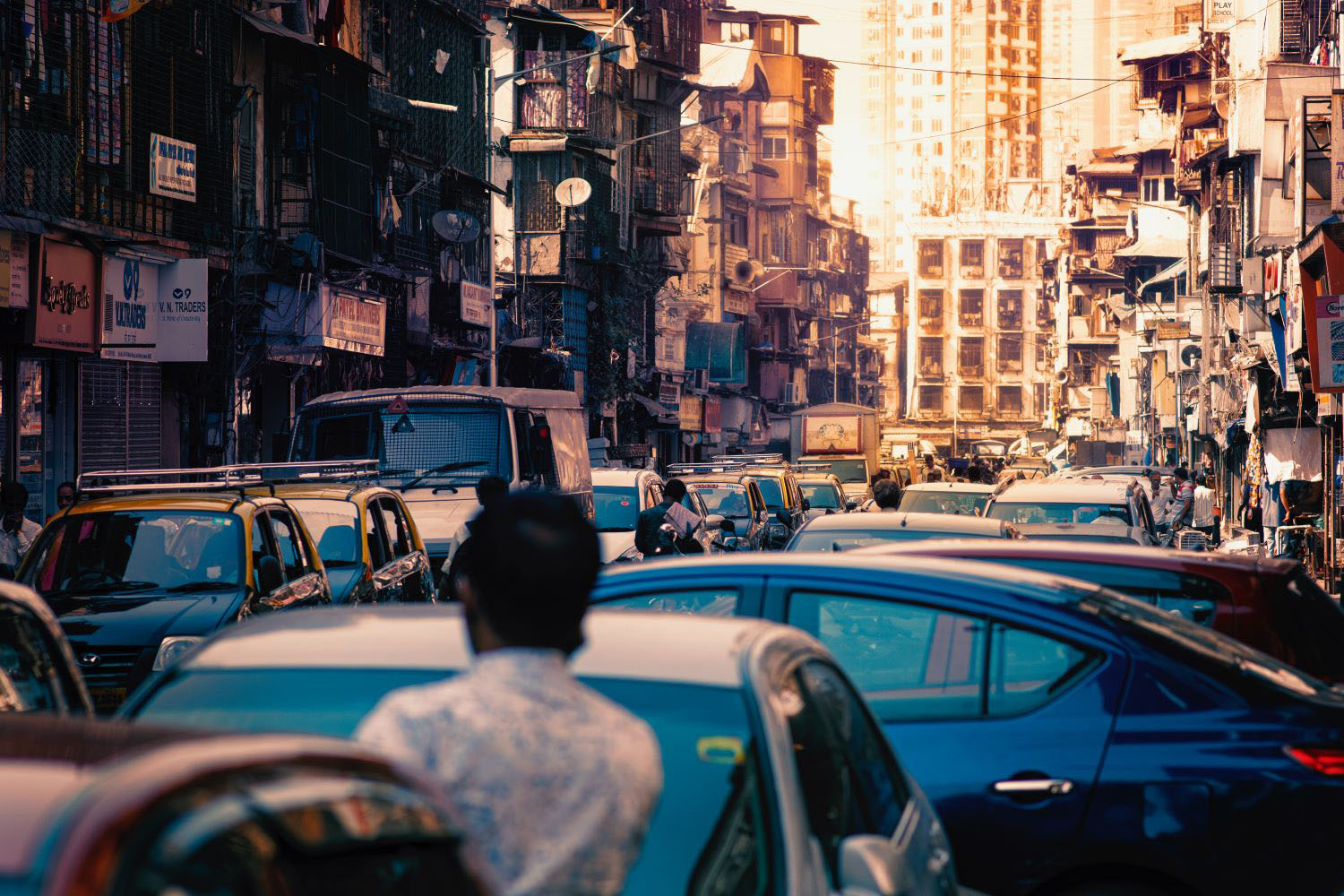If the worst happens, all bets are off; otherwise I expect the "macrofinance" convulsions will have minimal repercussions for microfinance. In Indonesia during its crisis in 1997, while large companies and rich people defaulted left and right, the 2.6 million microcredit borrowers of the Bank Rakyat Indonesia hardly skipped a beat. And few at this point are predicting that the U.S. seize-up will trigger a recurrence of such severe economic trauma for developing countries. This time around, many developing countries have a lot of money in the bank, in the form foreign currency reserves.
Meanwhile, most foreign investment in microcredit still comes from people and institutions motivated by charity and already primed to accept great risk -- government aid agencies, the Gates Foundation, wealthy individuals, the $100 million Tufts University fund endowed by eBay founder Pierre Omidyar. I doubt they will suddenly get cold feet. That said, rising skittishness among conventional investors might delay a shift some had foreseen toward commercialization in microfinance. As it becomes harder for the government of Nicaragua to borrow on commercial terms, so would it be harder for a fledgling Nicaraguan microcredit bank to do so.
The crisis does help the world's rich people -- which I take to include the middle class in rich countries -- appreciate the value of bringing financial services to the poor. Because financial services -- savings, credit, insurance -- are intangible it is easy to miss that financial systems are essential economic infrastructure. Where power lines and water mains connect us physically, financial intermediaries link us economically, channeling savings into productive use, spreading and diversifying risk. Imagine your life without financial services -- no checking account, no health or life insurance, no mortgage -- and you'll understand how important financial services are to people rich and poor. When U.S. policymakers looked into the abyss this week, that is part of what they saw. Microfinance aims to help people who live in that abyss every day: to help them achieve ownership of major assets such as land and home; and to finance investment in education, emigration, and, yes, enterprise.
As in "macrofinance," many of the controversies and challenges in microfinance arise from the fact that while finance is a public good, it is in large part privately produced. For instance, the initial public offering of Mexican microfinance bank Compartamos made its founders multimillionaires by letting them capitalize future profits on 100%-interest loans to poor people -- and thus raised hard questions about how to harness the power of financial markets while curbing their exploitative tendencies.
CGD blog posts reflect the views of the authors, drawing on prior research and experience in their areas of expertise.
CGD is a nonpartisan, independent organization and does not take institutional positions.





